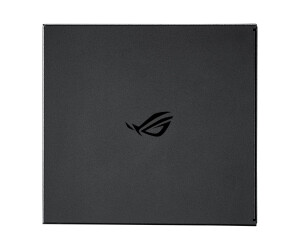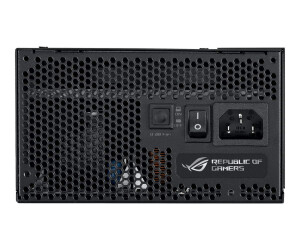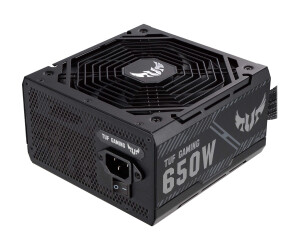The 80 PLUS certification is a certification program for computer power supplies developed by the company Ecova Plug Load Solutions. The goal of the program is to improve the energy efficiency of power supplies and reduce the energy consumption of computers.
The 80 PLUS program evaluates the efficiency of a power supply based on the amount of energy it takes from the wall socket and converts into usable DC voltage for the computer. The "80 PLUS" designation refers to the minimum efficiency requirements that a power supply must meet to be certified.
There are different levels of 80 PLUS certification based on the efficiency of the power supply. The levels are designated by labels such as 80 PLUS, 80 PLUS Bronze, 80 PLUS Silver, 80 PLUS Gold, 80 PLUS Platinum, and 80 PLUS Titanium. Each level has specific requirements for the efficiency that a power supply must achieve to receive the corresponding certification.
The minimum requirement for 80 PLUS certification is an efficiency of 80% at 20% load, 50% load, and 100% load. This means that the power supply must convert at least 80% of the input energy into usable DC voltage while operating at light load, medium load, and high load.
The higher the level of certification, the more efficient the power supply. For example, power supplies labeled as "80 PLUS Gold" must achieve an efficiency of at least 87% at 20% load, 90% at 50% load, and 87% at 100% load. Power supplies labeled as "80 PLUS Titanium" have the highest efficiency, with requirements of at least 90% at 10% load, 92% at 20% load, 94% at 50% load, and 90% at 100% load.
The 80 PLUS certification is an important feature for consumers who want to reduce their energy costs and make more environmentally friendly choices. By using power supplies with higher efficiency, they can reduce the power consumption of their computers while ensuring reliable power delivery.
It is important to note that the 80 PLUS certification only evaluates the efficiency of the power supply and not its quality or performance. When selecting a power supply, other factors such as output power, connectivity options, and power stability should also be considered.











